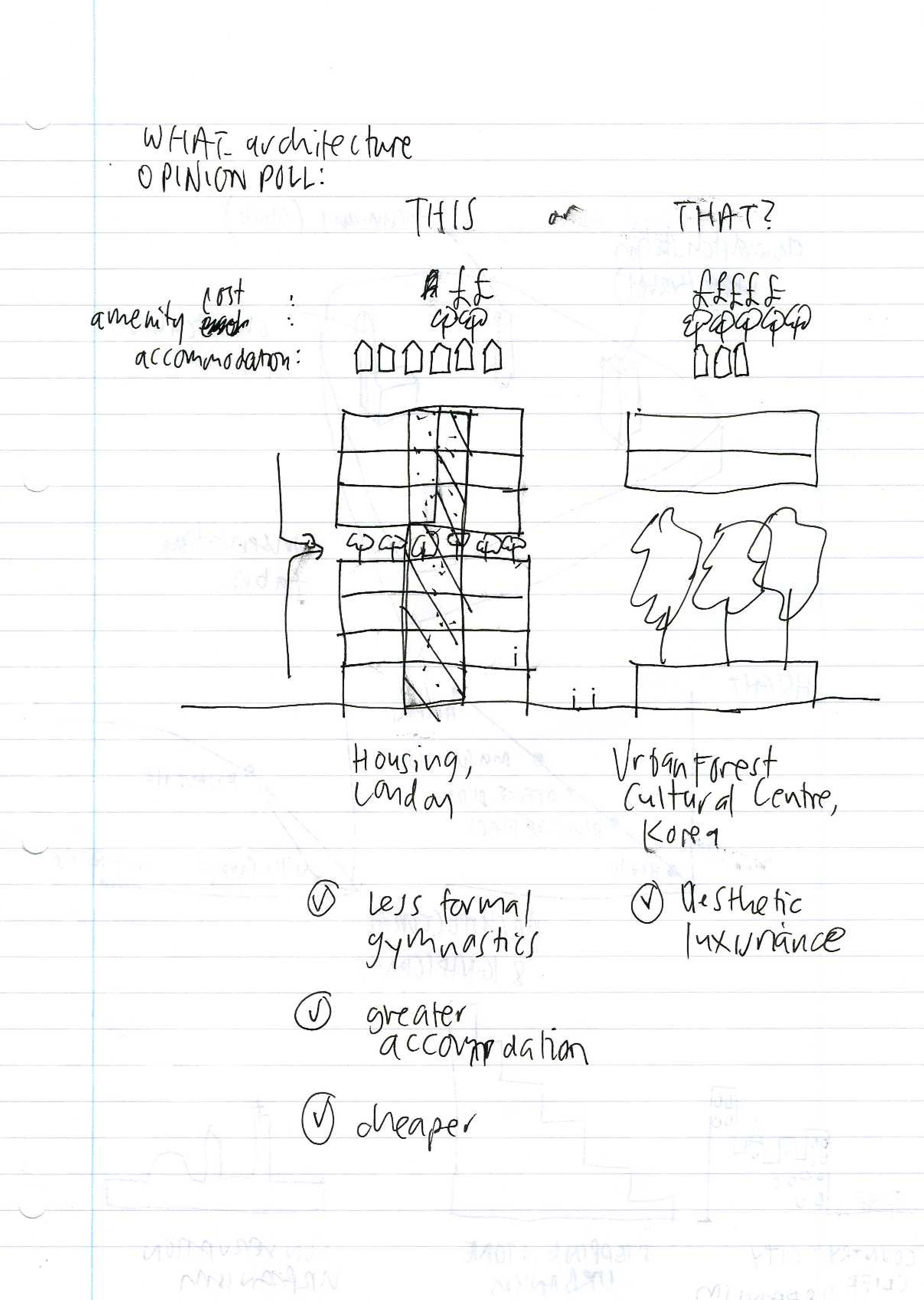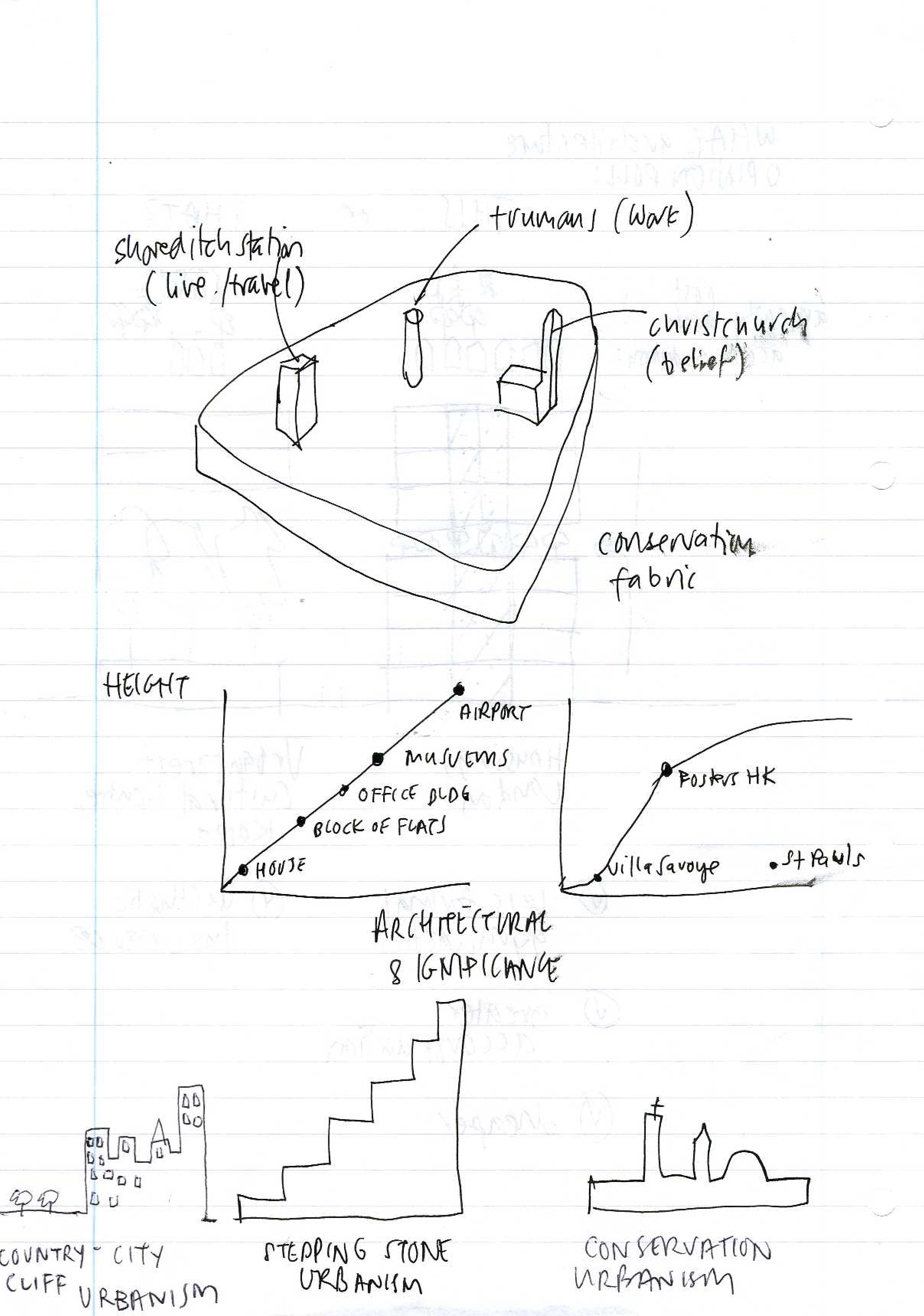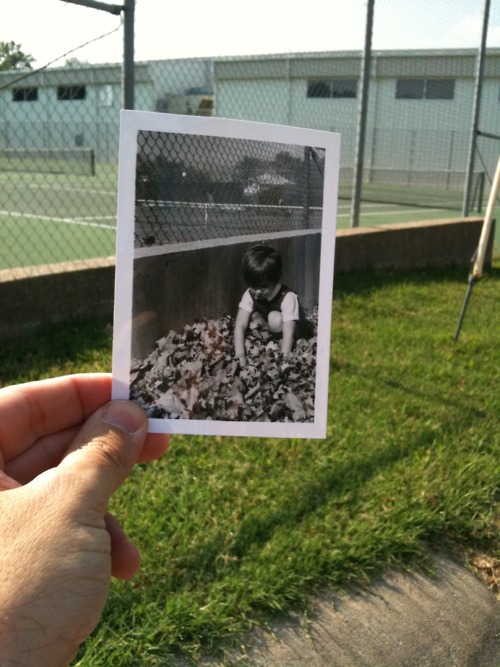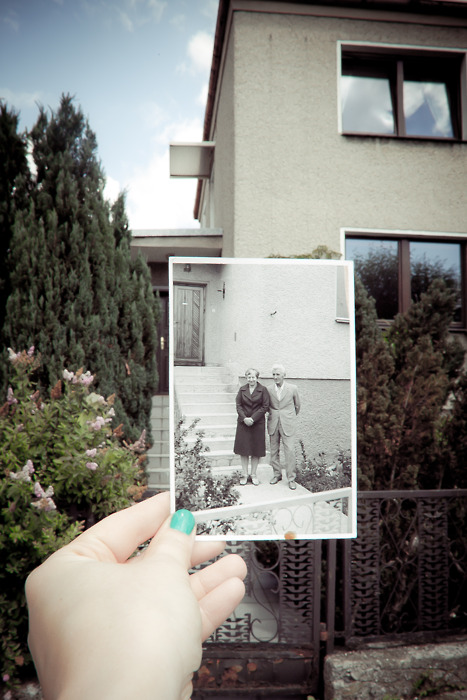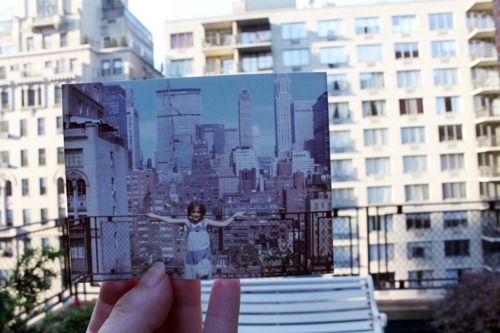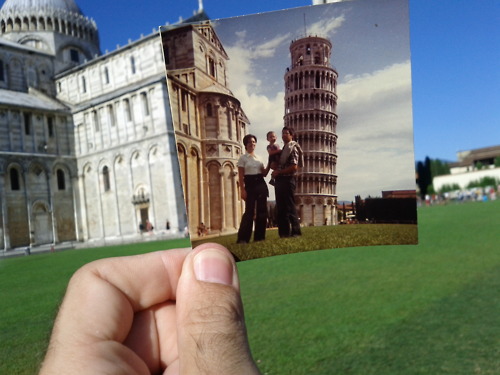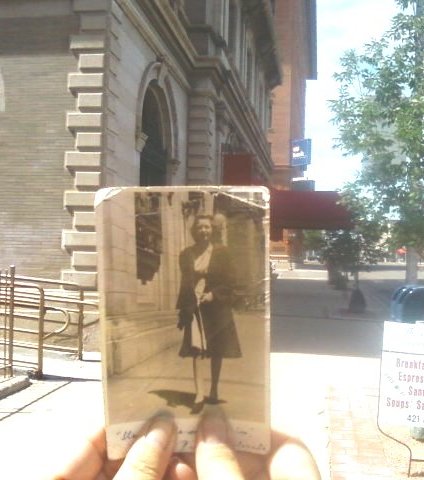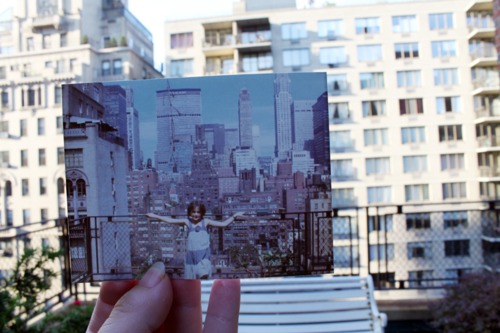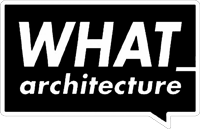127sho_HANDLE WITH CARE: BRICK LANE CONSERVATION AREA
Brick Lane Conservation Area is made up of narrow frontage, 19th century shopfronts in buildings of 2, 3 and 4 storeys. The low-rise character emphasises the landmark value of Christ Church Spitalfields, whose spire towers over the area at a height of 225ft, and of the chimney of Truman’s Brewery. Both of these features act as focal points for views and important points of reference, making it easier for visitors to find their way around. The Local Development Framework identifies 10 development sites in or around the Conservation Area which includes the former Shoreditch Station.
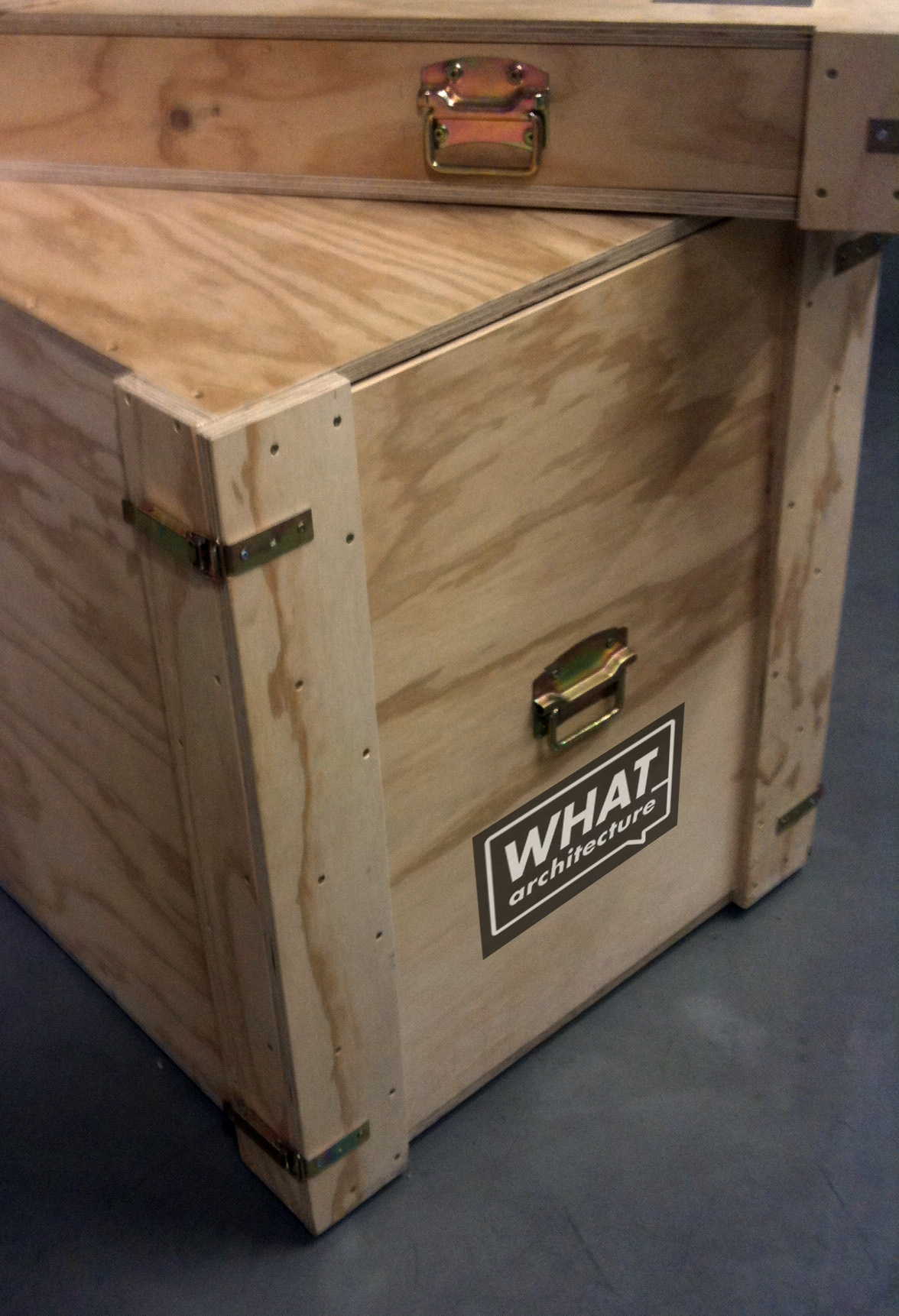


127sho_READ:WRITE THE CITY
Michel De Certeau recognised the city as a book. A place for spatialised stories. Today writing in (Alphabet) city is a textual journey that is experienced everyday in reading graffiti as you leave the front door, reading that free Metro newspaper, reading advertising as hoardings or billiards or East London paintings whilst simultaneously participating by texting anything to anyone anywhere at anytime. [Insert RSS Feed here].

127sho_STEPPING STONE URBANISM
Where East London meets the City, 2 storey Victorian terrace housing is accidentally juxtaposed against 40 storey office tower blocks in a melange of brick hitting glass.
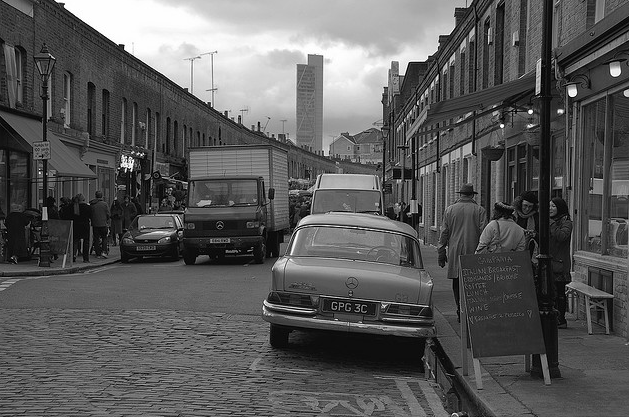




127sho_DELIRIOUS BRICK LANE
With the rise of modernism in the 20th century “Programme” became the key theme of architectural design. The notion of Programme involves “an act to edit function and human activities” as the pretext of architectural design: epitomised in the maxim Form follows function, first popularised by architect Louis Sullivan and Nicolas Cisneros at the beginning of the 20th century. The notion was questioned by Koolhass in Delirious New York, in his analysis of high-rise architecture in Manhattan. An early design method derived from such thinking was “cross-programming”, introducing unexpected functions in room programmes, such as running tracks in skyscrapers…. the East London extrapolation being mosque penthouses.


127sho_site guitar
You sit on the tube with an iPod reconciling the visual field in front of you with the audible experience. In this case, travelling to site. A site visit could transcend beyond the weekly routine and become something more exceptional, something more rock’n roll: WHAT_architecture uses citizen journalism techniques to revisit Michel Gondry’s Star Guitar

